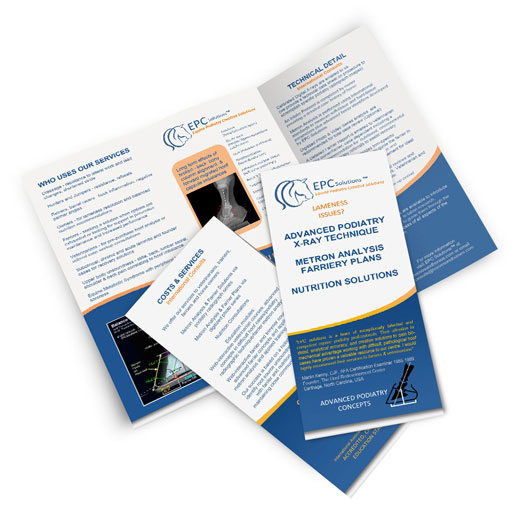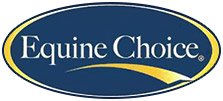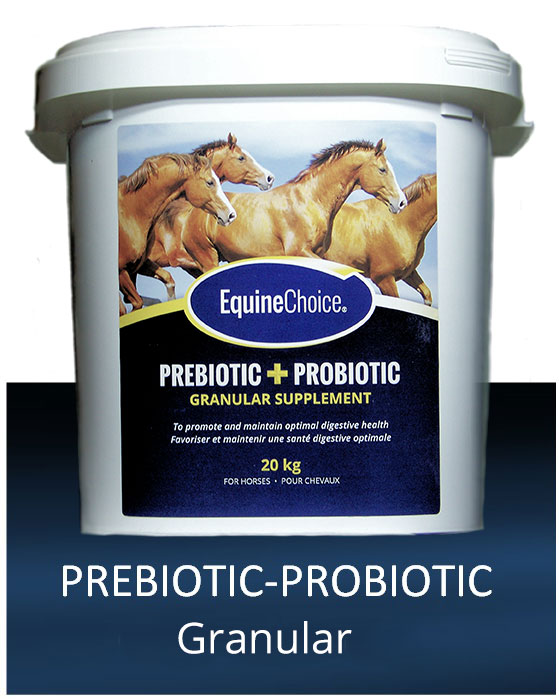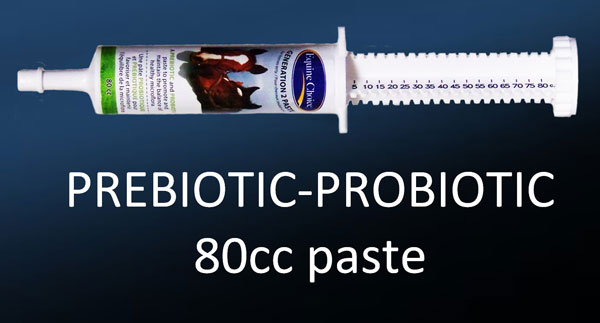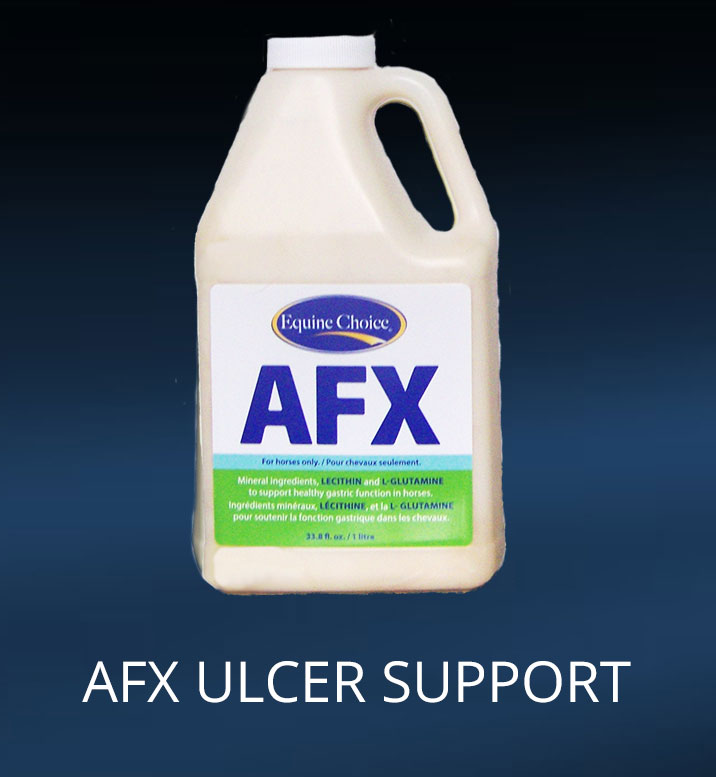Free Fecal Water Syndrome
Free Fecal Water Syndrome (FFWS) is also known as Fecal Water Syndrome (FWS)
Free Fecal Water Syndrome - Is there a possible connection to recent data that studied comprehensive content analysis found in hay and pasture across different growth cycles?
Currently there is very little research focussing on causes of Free Fecal Water Syndrome. However, most researchers agree it has to do with secondary irritation (inflammation) of the intestinal lining and it stands to reason we investigate microbiota health and foodstuffs that impact that health.
Gut microbiota is considered the most significant of the body in maintaining health. The gut bacteria serve several functions, such as fermentation of food, protection against pathogens, stimulating immune response, and vitamin production. New research may shed light on how distrubances in the gut echosystem and immune response may predispose some horses to free fecal water syndrome.
NEW DATA IN
Exploring a possible Free Fecal Water Syndrome CONNECTION December 2023
As an equine nutritionist and podiatrist spanning over 40 years, specialized in metabolic dysfunction and researching Free Fecal Water Syndrome, some of my concerns are investigating the levels of
- WSCs (Fructans)
- Mycotoxins
- Phytoestrogens
- Pesticides and
- Cianogenic Glycoside (plant derived cyanide)
being injested due to the large volume of grass and hay intake.
This is the First Study that looks at contents of hay and pasture that may speak to potential sources contributing to your individual horse's battle with Free Fecal Water Syndrome.
Here's a very quick summary we put together for consideration but we urge you to read the full study results:
1. WSCs which include fructans can cause disruption to gut microbiota and create inflammation of the lining. They are highest in early cut Spring hay and Spring pastures, up until mid May, and also lower in later cuts that contain legumes.
2. Mycotoxins flourish in dryer, hotter temps above 20 deg.C in more mature hays harvested late July/Aug
3. Late cut is highest in CA, P, but all cuts were under minimum daily requirements for Na, Zn and Cu
4. Pesticide levels were low, but present, even in organic fields which indicate air contamination from adjacent spraying activity.
Take home message:
A late first cut will have the benefit of more mature plants with lower WSC content but could mean lower yields due to dry conditions in late summer.
But the higher ADF/NDF ratio in late-cut hay may result in a lower digestibility in the equine gastrointestinal tract, which may negatively impact fibrolytic bacterial populations and may also make it less suitable for horses requiring a highly digestible forage such as performance horses.
A varying number of mycotoxins was always present on pastures. However, forage in late summer showed a higher contamination with mycotoxins and other contaminants.
Given empiracal evidence that switching hay types and changing up seasonal cuts prove beneficial in reducing free fecal water syndrome in many horses, this data may prove insightful for those seeking resolution.
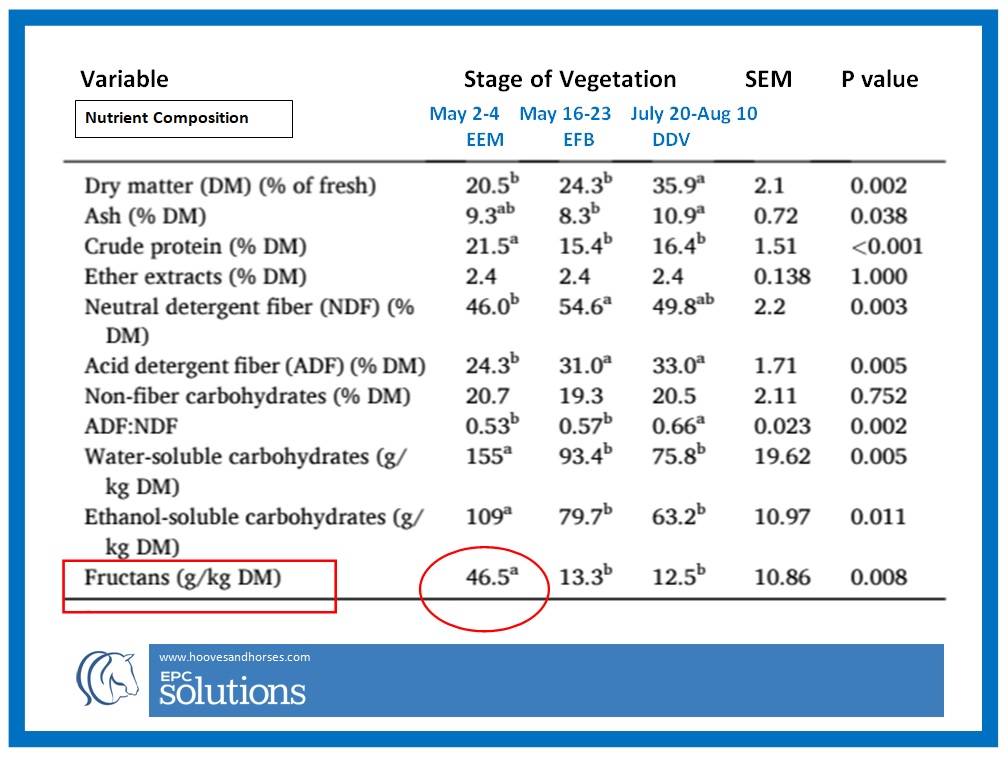
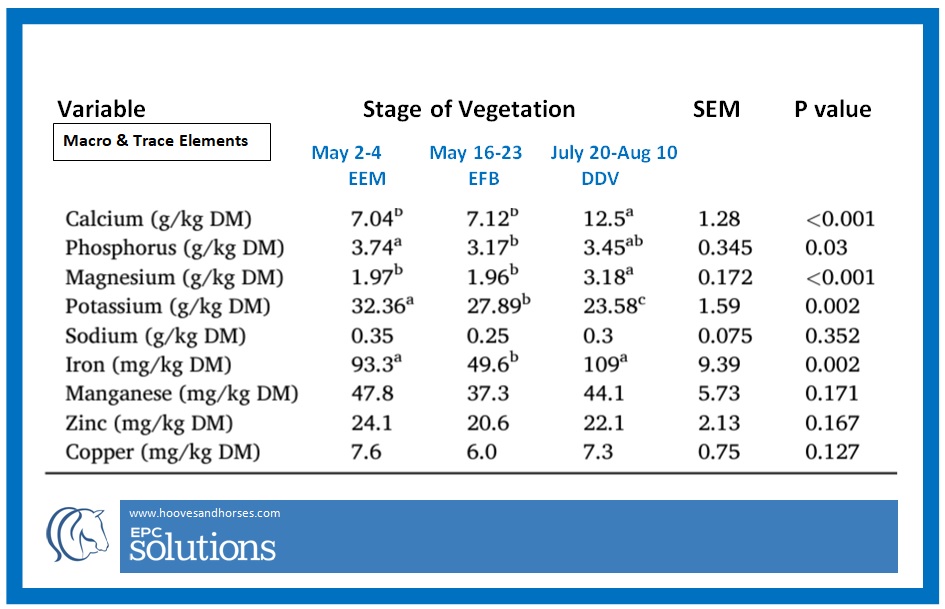
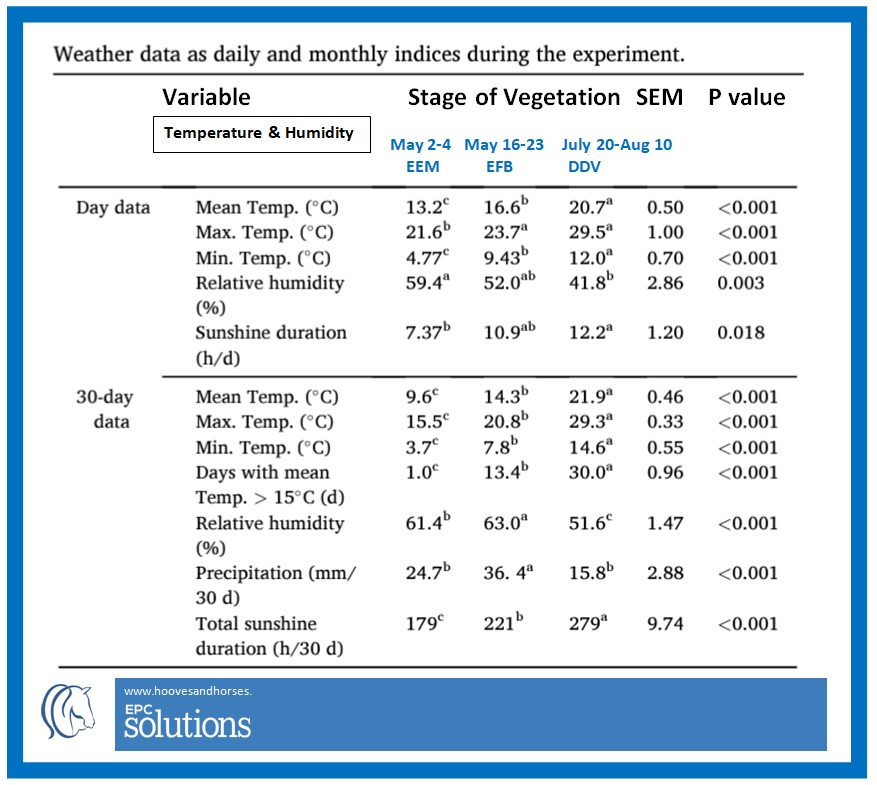
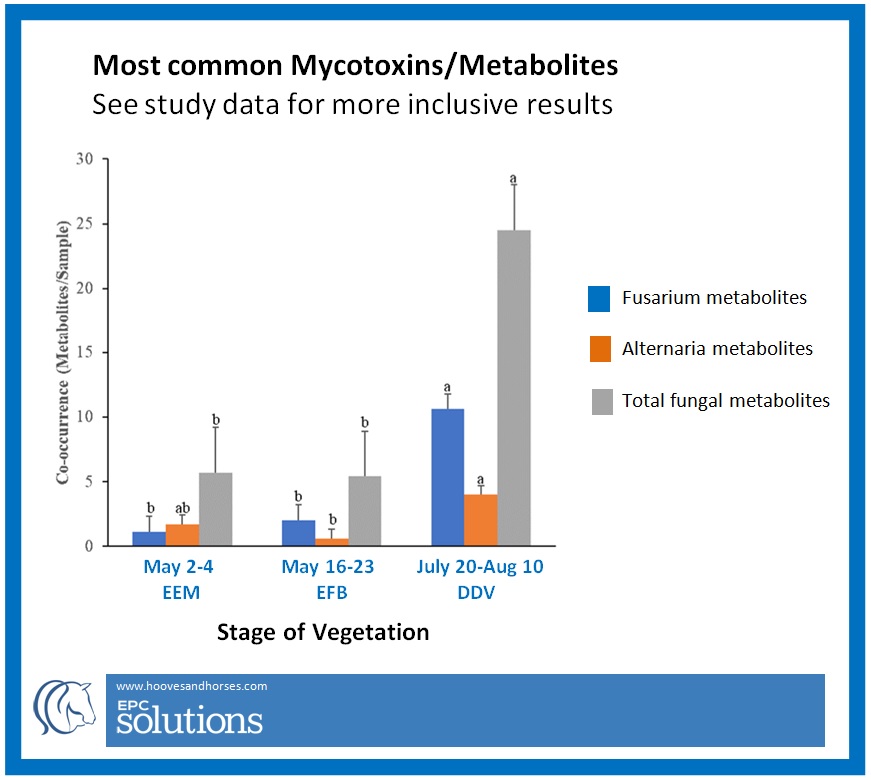

Fibrolytic bacteria constitute a group of microorganisms that are able to process complex plant polysaccharides thanks to their capacity to synthesize cellulolytic and hemicellulolytic enzymes via fermentation.
Hay and matured pastures are stocky from late summer harvest and contain higher levels of course fibre, less leaf, so not easily digested by these microbes. Lignin is completely indigestible. Hence the benefical microbes have less access to readily digestible feedstuff needed to reproduce and thrive and in turn, they produce reduced levels of vitamins required for optimal immune efficacy and produce less VFA's (Volatile Fatty Acids) which are the horse's best source of energy to fuel the body's cells and to perform work.
If other bacteria displace them, this can cause increases in lactic acid, and weaken the delicate intestinal lining with reduced ability to stop toxins and metabolites from crossing the intestinal barrier into the body. Dysbiosis creates gut inflammation and immune depletion. Late cut hays tend to contain higher levels of mycotoxins and other contaminants which can create pathogenic reactions within the intestinal cavity as well as inflammatory cytokine reactivity throughout the body which can upset the delicate ying and yang of healthy systemic function.
Removing the route source, is PRIMARY. In addition, we recommend fortifying the gut with a prebiotic-probiotic daily supplement. It's important to realise that the toxin binding capacity of probiotics is found in the cell wall membrane, rather than in the cell contents. In otherwords, the toxin binders are found on the surface cell membrane, also called a pre-biotic. We recommend an ENCAPSULATED pre-probiotic using Saccharomyces cerevisiae. In Canada and the US, the only one we have found that gives consistent results due to patented encapsulation where the cell wall arrives intact in the hind gut after passing through the stomach's hydrochloric acid bath...is Equine Choice Pre-Probiotic, B-Vit, Enzyme Supplement.
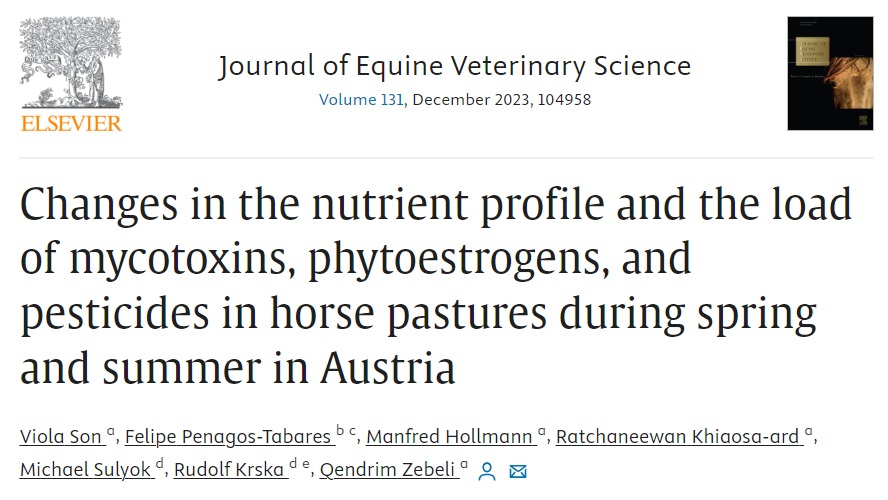
also at: https://www.hoovesandhorses.com/support-files/study-endotoxins-hay-pasture-dec-2023.pdf


